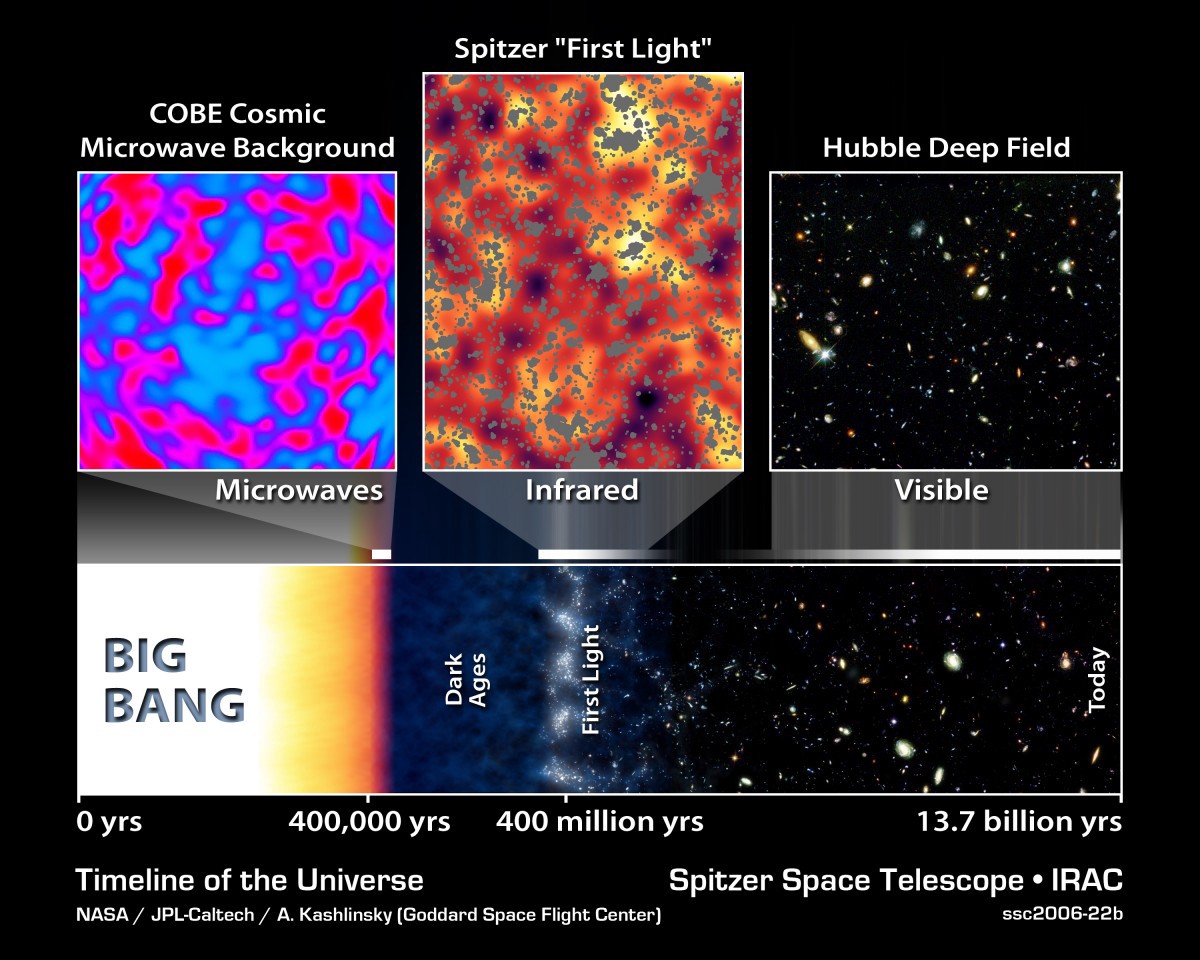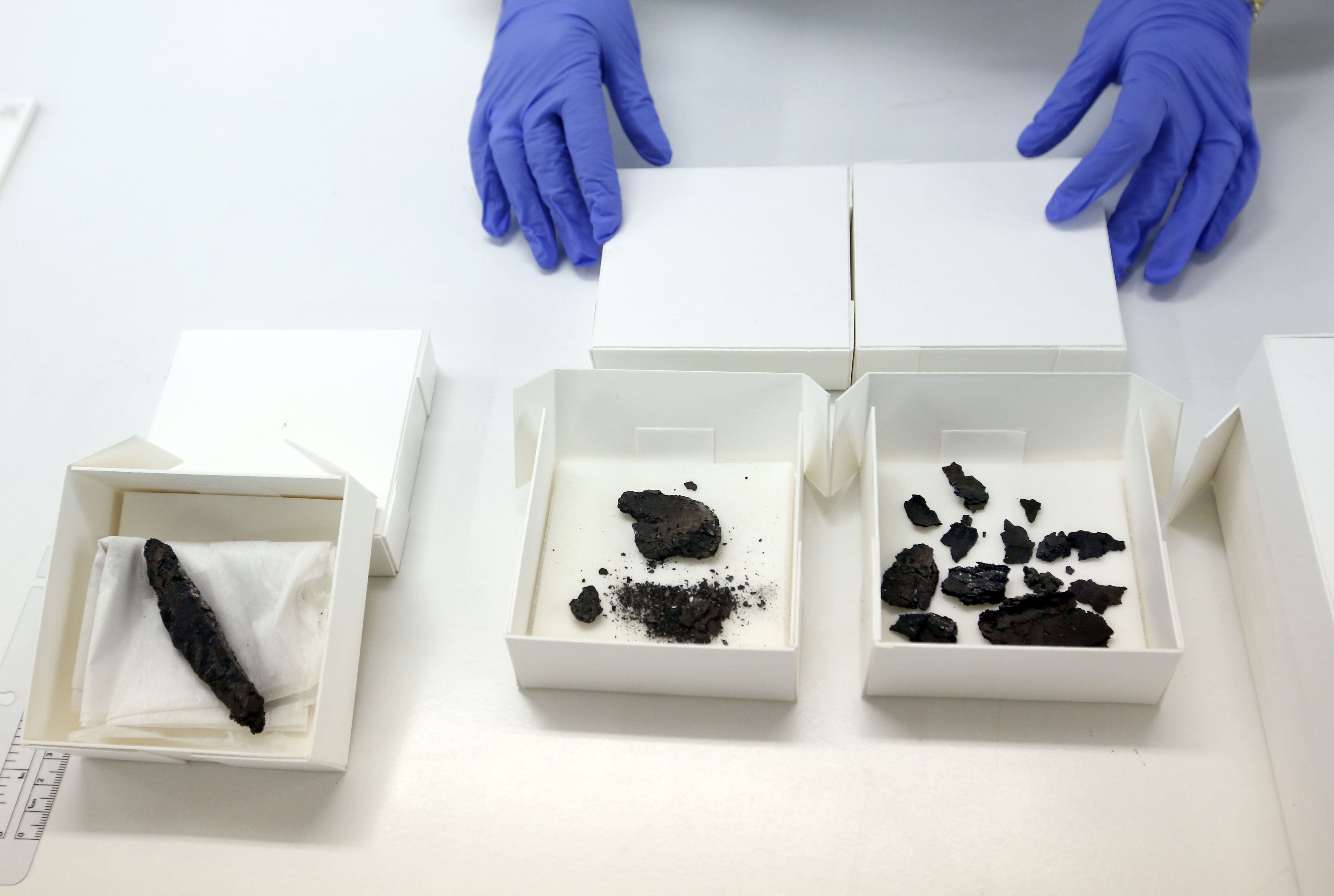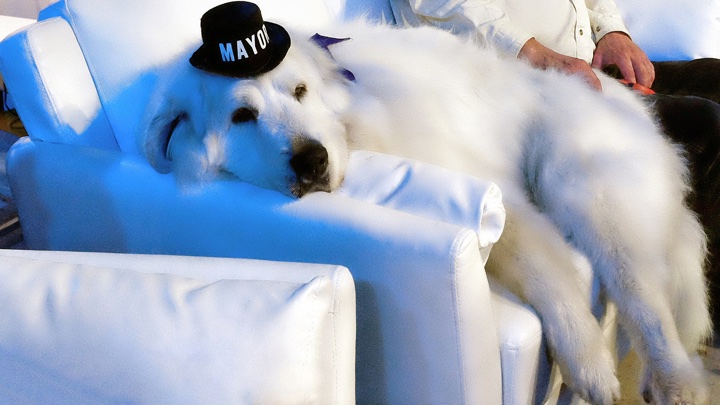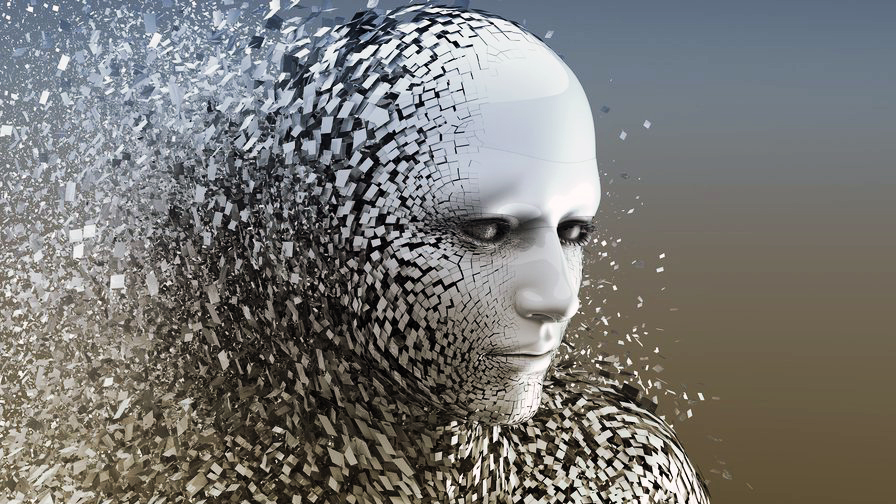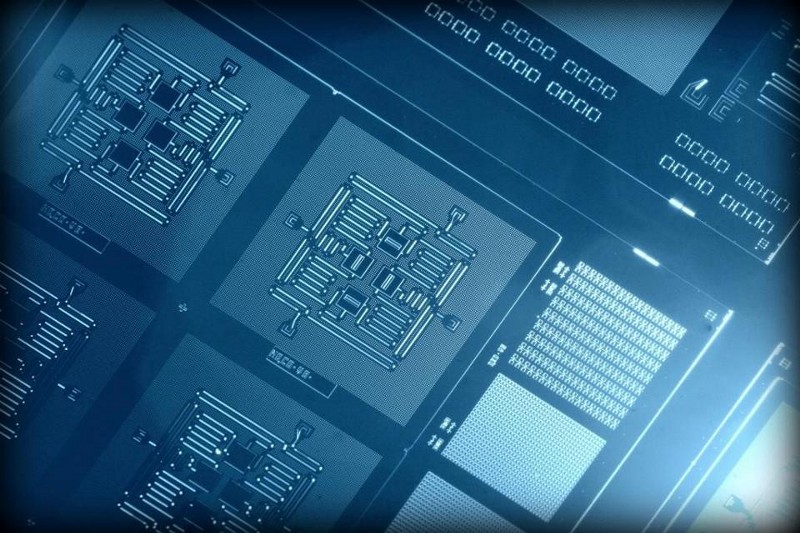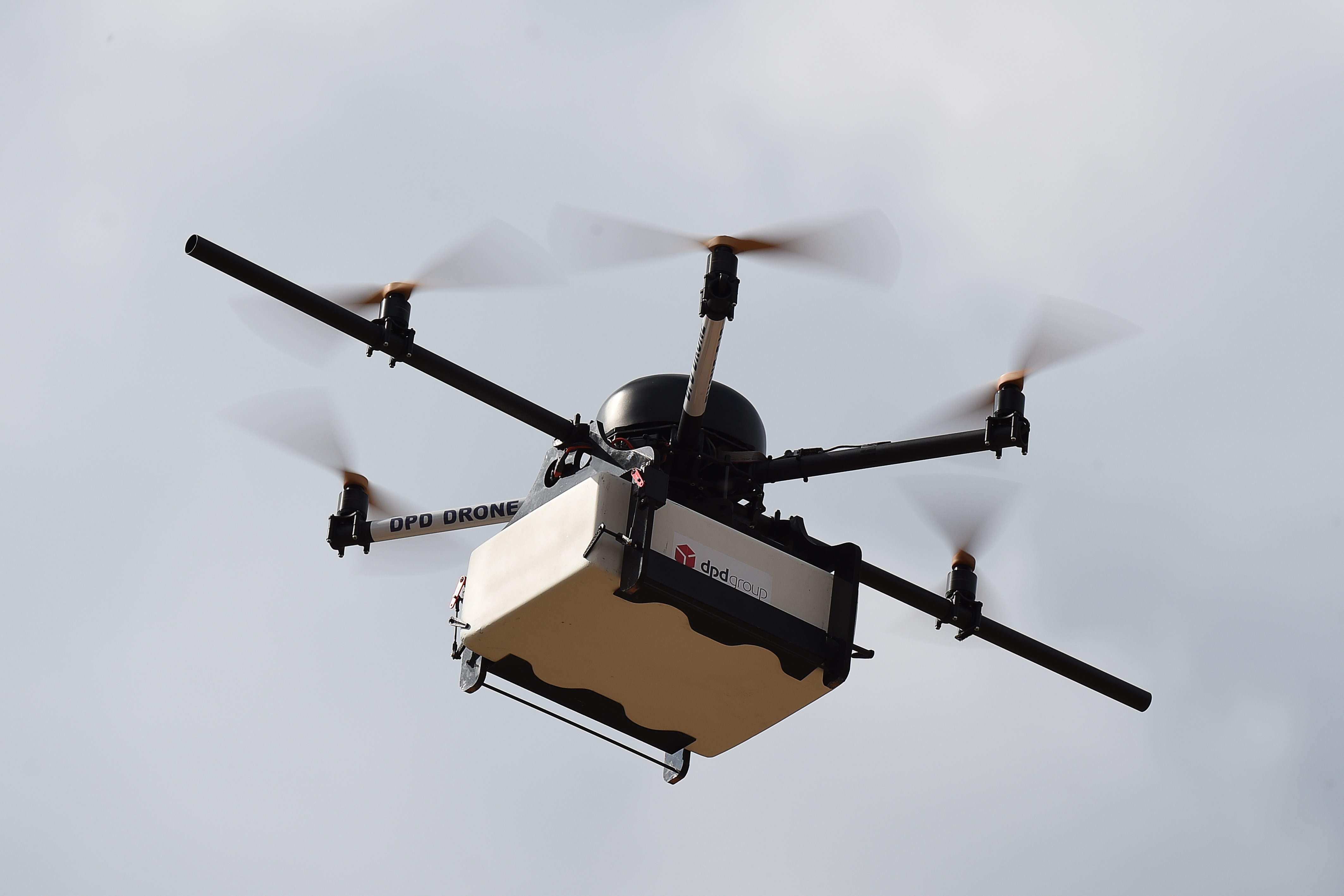Without colliding with anything since the Universe was 1 second old, these neutrinos still pack a punch! “When you see how fragile and delicate life can be, all else fades […]
Search Results
You searched for: Imagin today
46 billion light years in all directions in just 13.8 billion years? Here’s how it’s done! “They say the universe is expanding. That should help with the traffic.” –Steven Wright There are […]
The strange origin of autocorrect during the development of an American secret Chinese computer.
One Alabama library is demanding jail time for late books. How is this happening in a nation that’s reading less and less?
Has technology advanced enough that we could stitch together body parts and reanimate the dead? Bill Nye one-ups that old-school Frankenstein vision with newer (and cooler) scientific possibilities.
▸
5 min
—
with
Attempts to unite religion and science are not new. A big part of the challenge is finding the right language to draw parallels with, and physicists have been especially willing to walk this line.
Either momentum truly is conserved and this isn’t a reactionless drive… or else. “The law of the conservation of momentum is the basis of the static thrust equation, the law of […]
Galaxy-sized? Human-sized? Atom-sized? Even smaller? How tiny can a bit of space be and still expand? “We now have the best picture of how galaxies like our own formed their stars.” […]
Gravity is the oldest fundamental force ever discovered. Might it not be fundamental after all? “The whole edifice of modern physics is built up on the fundamental hypothesis of the atomic […]
For nearly 50 years, a charred lump of Dead Sea Scrolls has been sitting in a lab, too brittle to unroll. Now it’s been virtually unwrapped using 3D technology, and the contents are intriguingly – and significantly – petty.
When the news media don’t do their job, comedians step in to ask the tough questions.
By definition, innovation brings disruption. 3D food printing is converging with the demography and culture of convenience. From fast moving Millennials, to Boomers who seek hassle-free living, 3D food printing may change not just how we eat, but how we buy what we eat. What might the convergence of this new technology and the disruptive demographics of convenience mean for the future of the grocery store?
If we started all over again, could our Solar System’s second planet have been the inhabited one? “It was the Venus I had prayed to, it was my prayer, though […]
In 1994, Miguel Alcubierre showed how warp drive could be made real within General Relativity. What does that imply? “Its continuing mission: to explore strange new worlds, to seek out new […]
A small village in western Minnesota has just re-elected a dog as their mayor for his third term.
A noted economist and futurist Robin Hanson sees a civilization of brain simulations or “ems” rising within the next 100 years.
Anti-Islam fervor has overlooked important artistic contributions made by Muslim artists around the world.
Danger is at hand, and you may have voted for it. Science educator Bill Nye weaves a passionate argument for the importance of science literacy in a country’s elected leaders.
▸
7 min
—
with
They’re the darkest, most massive things in the Universe. How come they have nothing to do with each other? “All enterprises that are entered into with indiscreet zeal may be pursued […]
And if it were, is there any way we could detect that this were the case? “Do I believe, for example, that by using magic I could fly? No. How would […]
Even if it looked for an infinite amount of time, they’d always be invisible. “Now the world has gone to bed, Darkness won’t engulf my head, I can see by […]
Experimental philosopher Jonathan Keats dives into the work of Buckminster Fuller, an early 20th century oddball scientist whose visionary ideas we are only now catching up to.
▸
6 min
—
with
Jon Stewart shares his thoughts on many issues during a recent talk with the New York Times.
There is software that can track drones in open areas, but none that can do so in tight-knit, urban ones.
Or can moving at relativistic speeds through a general relativistic Universe change everything? “Old age is like a plane flying through a storm. Once you’re aboard, there’s nothing you can […]
We often hear rhetoric comparing certain political leaders and moments to Fascism. But, is that accurate? Perhaps more importantly, is that a good thing?
From obesity and heart attacks to mental disorders and compromised immune systems, a lack of sleep is deadly.
A Kentucky photograph appears to show a soul leaving a body. Why do our brains assign metaphysical meaning to blurs?
Allow me to paste a new label onto our country’s most-labelled demographic the Millennials: the food truck generation. 47 percent of Millennials have eaten from a food truck, making them the most likely patrons of those mobile establishments that their parents were more apt to refer to as “roach coaches” or “gut trucks.” Food trucks have been around in some form or another for most of the 20th century, but they were more culturally recognizable as fixtures of isolated workplaces like manufacturing plants and construction sites.
Today, food trucks are estimated to be a $2.7 billion industry and have been reappropriated into a younger, more affluent, more urban cultural ethos. The mass migration of Millennials into cities mirrors to some extent the proliferation of the food trucks on those same city street corners. With their DIY sensibility and appealing sort of grubbiness, food trucks cater to younger folks who have come to search for “authenticity” in their brands – or rather products that give the appearance of being “brandless”. So is it that the proclivities of these young hip urbanized eaters have spurred the rise of the gourmet-food-truck phenomenon? Or is there a larger force that has shaped both the landscape of the restaurant industry and Millennial tastes at once?
Advancements in stem cells, along with 3D printing technology, have applications in cosmetic safety testing, drug discovery and testing, organ and tissue printing, instant diagnosis and treatment, and so much more. Scientists recently found that baby teeth contain stem cells which can soon be used in these healthcare applications.
